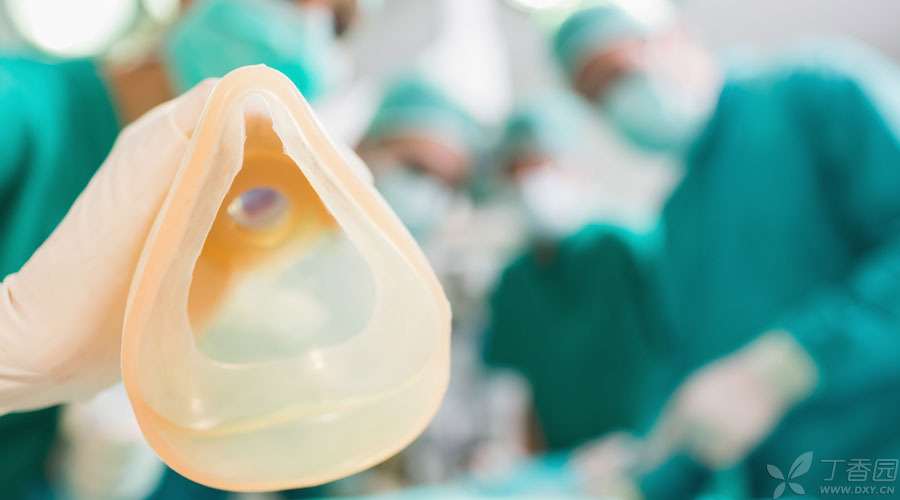
Anesthesia methods are mainly divided into three types:
- Local anesthesia regional block general anesthesia
These anesthesia methods can affect the function of nervous system through different ways and drugs.
Next, let’s briefly talk about these three anesthesia methods.
Local anesthesia
Local anesthetic drugs can make the body feel numb and lose pain locally. The areas involved can be:
- One foot, one hand, a small piece of skin
There are many kinds of dosage forms of local anesthetic drugs, including but not limited to:
- Injection injection aerosol ointment
According to needs, patients receiving local anesthesia can be aware or may be [anesthetized].
The effect of local anesthesia usually lasts for a short period of time, so it is mostly used for patients who can return to their homes on the day of surgery and do not need to be hospitalized for further treatment. It is especially common in stomatology and dermatology. In addition to relieving pain at the surgical site during surgery, local anesthesia drugs can also relieve the discomfort of patients in a short period of time after surgery.
Regional block
Injecting narcotic drugs around some nerve plexuses can produce a larger body area than local anesthesia. For example, when anesthetic is injected near the lumbar plexus, the feeling will be lost below the waist. When the parturient gives birth to the baby, the cesarean section can be smoothly performed by performing [epidural block].
Regional block can often achieve more satisfactory anesthesia effect during and after operation. However, local anesthesia is often combined with regional anesthesia.
General anesthesia
The main purpose of general anesthesia is to keep patients completely unconscious during the operation, just like falling asleep, thus ensuring that they have no consciousness or memory during the operation.
The administration methods of general anesthesia include:
-
Anesthetic drugs are administered intravenously. Intravenous infusion needles are usually placed on the patient’s arm to ensure the continuous opening of venous channels.
-
Inhalation of narcotic drugs through a mask or tracheal catheter
Anesthesiologists will accompany patients before, during and after the operation to monitor the anesthesia effect and ensure that patients continue to receive the most appropriate anesthetic dose.
During general anesthesia, anesthesiologists need to use a variety of drugs to achieve the following effects:
-
Relieve the tension and anxiety of patients;
-
Ensure that the patient is under anesthesia;
-
Through the use of analgesics, the intraoperative pain of patients can be relieved to the greatest extent and the postoperative pain of patients can be relieved as much as possible.
-
Keep the muscles relaxed and weak, so that the patient can not move.
-
Eliminate the patient’s bad memory of the operation.
Responsible Editor: Ding Ruoshui
Clove Garden is exclusively authorized and cannot be reproduced without permission.
Source: Shutterstock.com
